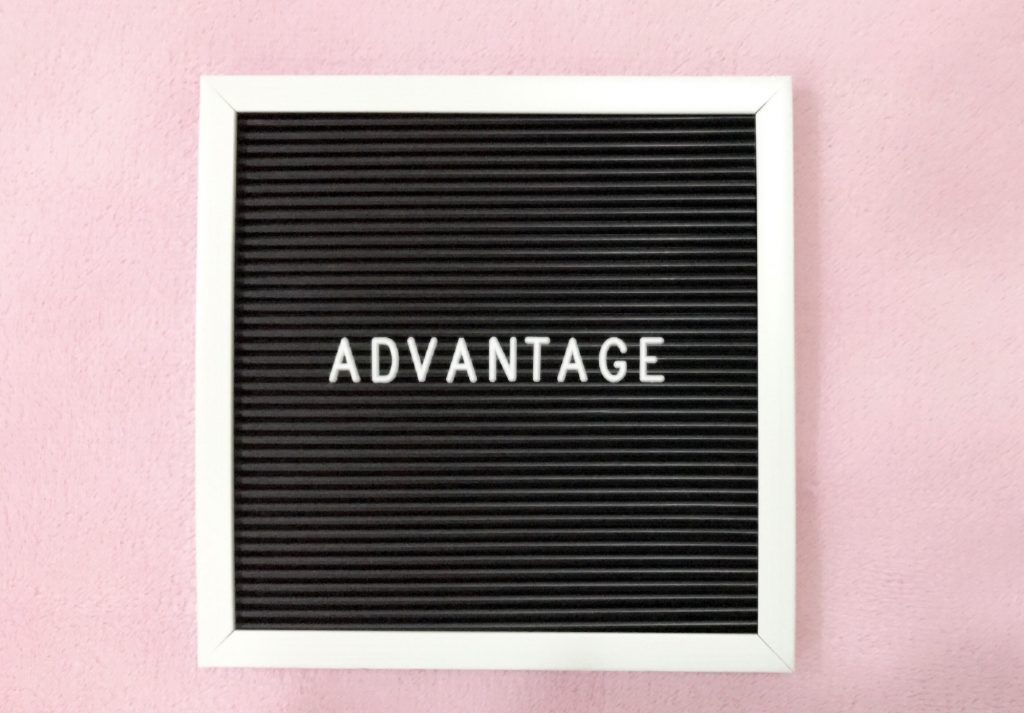What Is Medicare Advantage – Medicare Advantage is probably one of the most advertised parts of Medicare, but also the one that takes the most explaining. Medicare Advantage plans are also called Part C plans or just MA for short. They are one of two ways Medicare beneficiaries can expand the benefits they get from Original Medicare.
So, what is Medicare Advantage? Today, we’re going to talk about how it works, what coverage you can expect to find, and who is eligible for Medicare Part C.
How do Medicare Advantage plans work?
Medicare Advantage plans are sold by private insurance companies to who the federal government has given permission. The plans must meet minimum requirements set by the Medicare program, which means they must have at least as much coverage as Parts A and B do. The exception to this is that they do not have to include hospice care.
For each person who enrolls in a certain Part C plan, the government pays that private insurer a fee. The reason the insurance company gets paid is that if you enroll in Part C, that carrier will be responsible for paying your medical expenses that would have fallen under Parts A and B. The government will no longer be paying those claims – the insurance company will. So, by enrolling in Part C, you are wrapping your benefits from Parts A and B into one plan. You’ll continue to have hospice coverage under Original Medicare, and you’ll continue to pay the Part B premiums. (And Part A, if you’re one of the few people who is not eligible for premium-free Part A.)
One of the most attractive things about Medicare Advantage plans is the cost. You’ll find many MA plans on the market for $0 premiums. That might make you wonder how the insurance companies can afford to do this. Part of the affordability stems from the payment they get from the government. But most of it stems from utilizing provider networks and requiring copayments and coinsurance fees. More on those later.
Medicare Advantage plans are managed care plans. They focus on routine care to prevent major medical conditions and also have some rules that require members to try cheaper forms of medications or treatments before relying on more expensive methods.
There are a handful of types of Medicare Advantage plans, and you’ll want to understand how each one works before choosing the one that’s right for you. One popular type is a Health Maintenance Organization (HMO).
If you enroll in an HMO plan, you’ll need to designate a primary care physician. That physician will coordinate all your care, including any specialist referrals. They’ll work with other providers within the HMO network to ensure you get the care you need. However, you’ll need to stay within the plan’s network to have benefits. If you require a provider outside of the network, you will not have coverage under your insurance plan.
Some of the types of Medicare Advantage plans have less strict rules, so you’ll need to take a look at each one before enrolling.

Medicare Advantage Coverage and Benefits
Let’s talk about the other way Medicare Advantage plans keep their premiums so low: deductibles, copayments, and coinsurance expenses.
We can’t say exactly what the out-of-pocket costs are in these plans because there are hundreds of them on the market, each with an entirely different benefit package. You might have an annual deductible, and you might not.
You will have copayments and coinsurance costs that will be based on what kind of service you’re getting. Each time you visit a doctor or specialist, you’ll have a small copay due. If you require an inpatient hospital stay, you’ll pay a certain amount for each day of your stay. Most Part C plans only make you pay for the first few days, after which the insurance carrier picks up all the costs. The important thing to note here is that while you might get a $0 monthly premium, these plans are certainly not free.
However, they also come with maximum out-of-pocket limits or MOOPs. For example, your plan might have a MOOP of $4,500. Once you’ve paid this amount in coinsurance expenses, you won’t have to pay for anything else.
We said that you’d have at least as much coverage as you did under Medicare Part A and Part B. Another appealing aspect of these plans is that they often include extra benefits. The plan may offer prescription drug coverage, gym memberships, transportation to doctor visits, meal delivery, dental care, eyeglasses, hearing aids, etc. Some even give you an allowance for over-the-counter medications.
Medicare Advantage Eligibility
Anyone who is enrolled in Parts A and B can choose to enroll in a Medicare Advantage plan if one is available in their zip code. Since these plans use provider networks, they’ll only be available in areas where health care providers have agreed to participate.
Some MA plans called Special Needs Plans (SNPs) have additional eligibility requirements that revolve around chronic conditions and Medicaid.
If you’d like to learn more about Medicare Part C plans, you can continue exploring our site or just call one of our licensed insurance agents. It’s our job to teach you how each part of Medicare works, and we’d be happy to learn more about you and what kind of coverage might suit your needs. Give our office a call today and speak with one of our expert Medicare advisors.





